Citrus Tree Care Phoenix, AZ
Our Certified Arborists are experts in the care and maintenance of citrus trees.
Citrus Tree Care and Maintenance
When you need an arborist that applies the skill and judgment required to accomplish your specific goals, we will be there to serve you. Citrus has long been a staple crop in Arizona, and also enjoyed on so many residential properties. There are still communities being built around long standing orchards throughout parts of the valley. Orange, lemon, and grapefruit are just a few of the many varieties planted in abundance by people right in their own backyard. Some even have their own mini orchard. When you’re looking for the citrus tree care Arizona expects, contact our arborists today!
Call (602) 405-1788 today to speak with an ISA Certified Arborist for proper citrus tree care and maintenance.
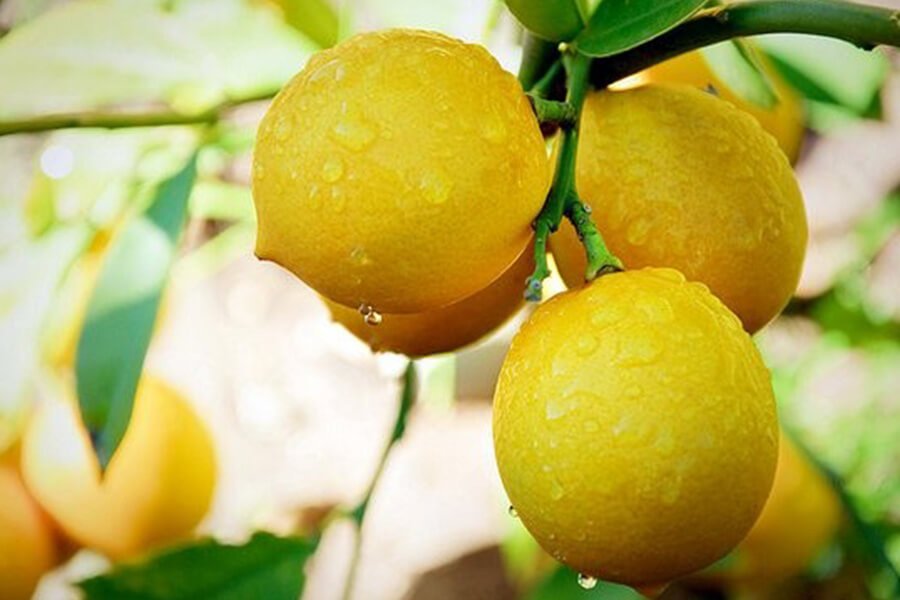
Common Citrus Problems and Questions
Why doesn't my citrus tree produce any fruit?
How and when should I fertilize my citrus tree?
Do I need to paint the trunk of my citrus tree?
Is there a special way to prune a citrus tree?
Why are my citrus tree leaves yellowing?
How should I water my citrus tree?
These are just a few common concerns that we address regularly to assist people in helping them achieve the healthiest and best producing citrus trees possible. Contact us today to have a Certified Arborist develop a plan for your citrus trees.
Do your citrus trees look like this?
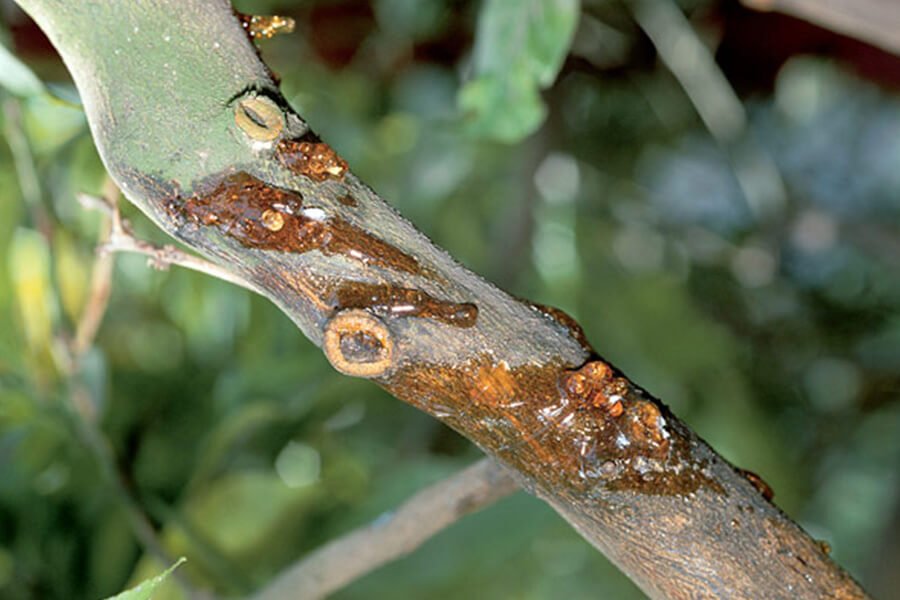
Gummosis
Sooty Mold
Sooty mold itself does little if any harm to the plant. Treatment is indicated when the mold is combined with insect infestation.
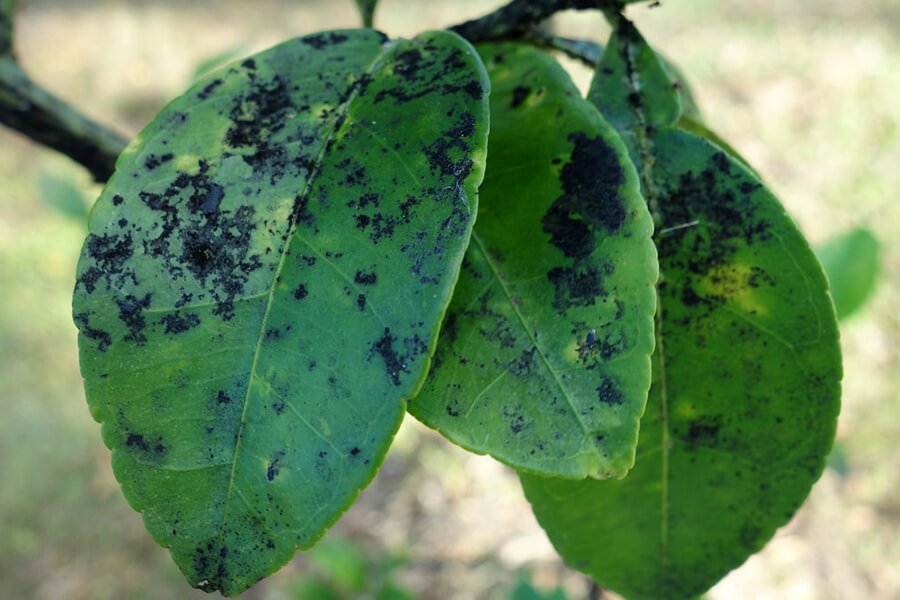
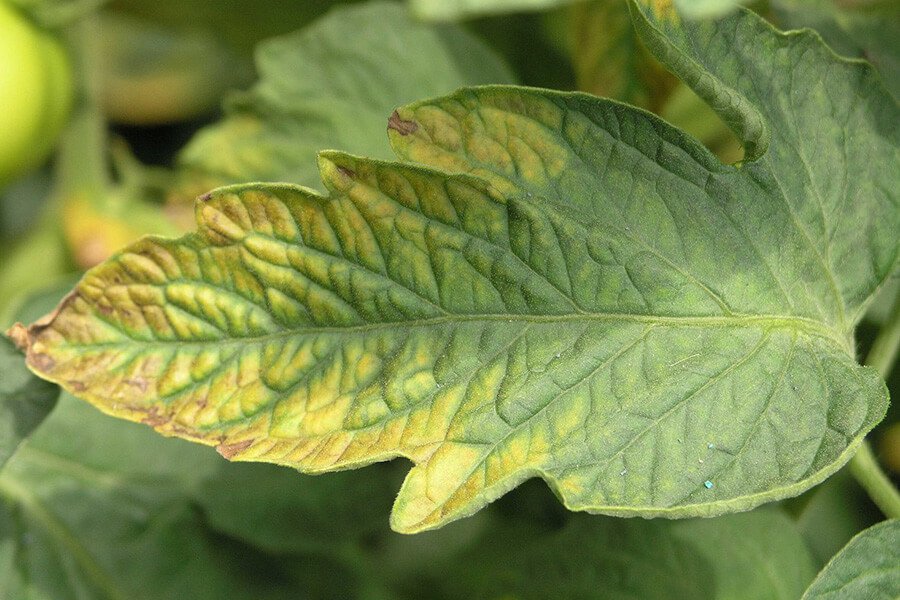
Chlorosis
Leaf Sunburn
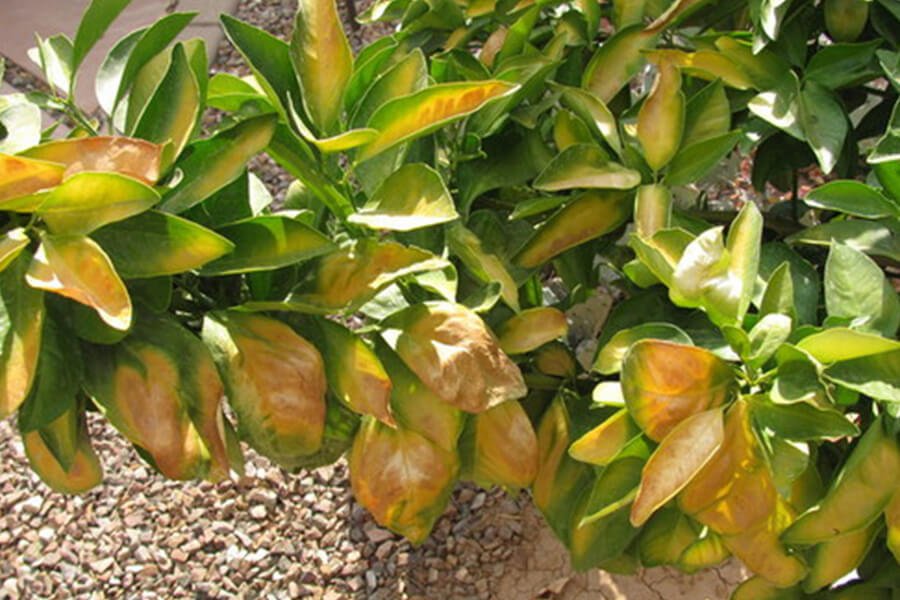
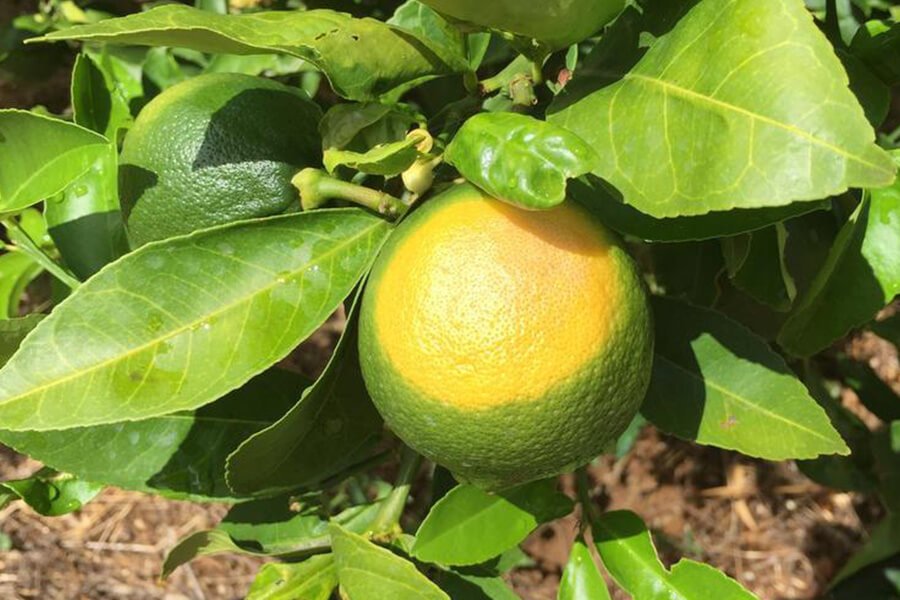
Fruit Sunburn
Control of sunburn in fruits starts with developing good leaf cover in the canopy to shade the fruit. Fruits most susceptible to sunburn will be those that are most exposed, especially those that are not shaded in the afternoon. Anything that reduces canopy cover will increase sunburn, such as foliar diseases, wilting due to inadequate irrigation, and excessive or late pruning. Physiological leaf roll, common in some solanaceous crops such as tomato, can also increase sunburn.
Thrips
Thrips (order Thysanoptera) are minute (most are 1mm long or less), slender insects with fringed wings and unique asymmetrical mouthparts. Different thrips species feed mostly on plants by puncturing and sucking up the contents, although a few are predators. Approximately 6,000 species have been described. They fly only weakly and their feathery wings are unsuitable for conventional flight; instead, thrips exploit an unusual mechanism, clap and fling, to create lift using an unsteady circulation pattern with transient vortices near the wings.

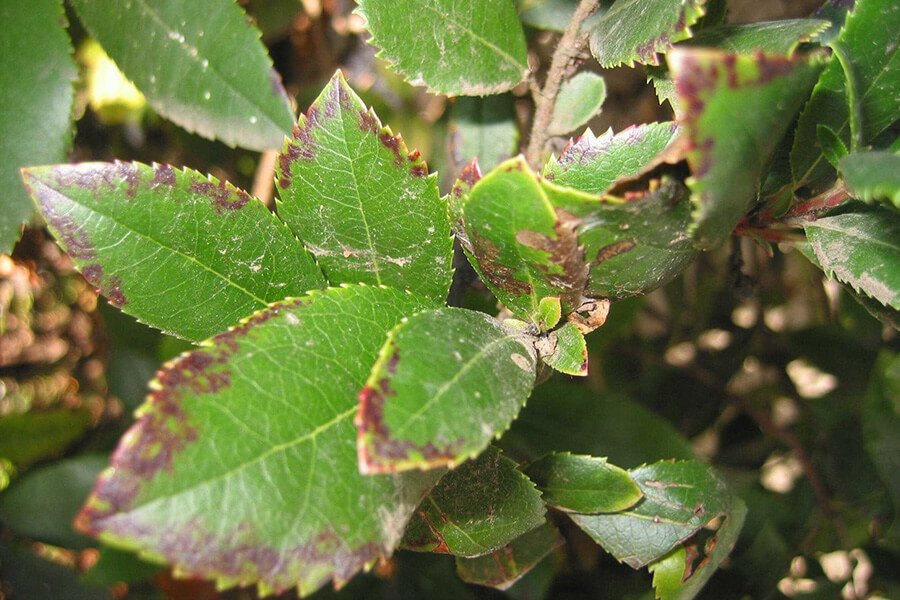
Salt Burn
Fertilizer burn is defined as leaf scorch resulting from over-fertilization, usually referring to excess nitrogen salts. Fertilizer burn is the result of desiccation of plant tissues due to osmotic stress, creating a state of hypertonicity. Fertilizers vary in their tendency to burn roughly in accordance with their salt index
